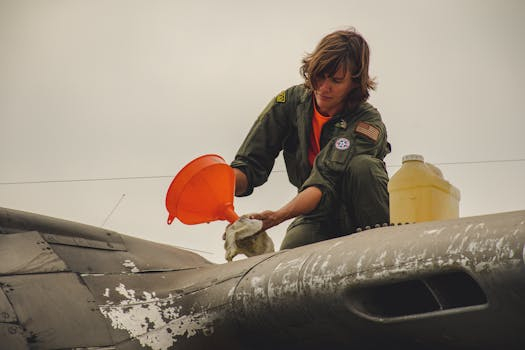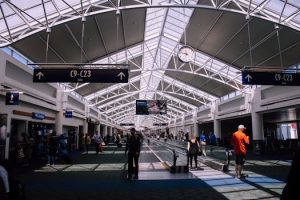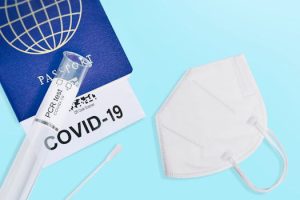Flight Attendant Uniforms Designed for Safety Function
As the world continues to navigate through the ongoing COVID-19 pandemic, the aviation industry has faced numerous challenges in ensuring the safety and well-being of its passengers and crew. One of the key aspects of this effort is redesigning flight attendant uniforms to incorporate safety features without compromising on style and functionality. In this article, we will explore the latest trends in flight attendant uniforms designed for safety function.
The Role of Flight Attendant Uniforms in Safety Measures
Flight attendants are the frontline personnel responsible for the safety of the passengers onboard an aircraft. From facilitating orderly boarding and disembarkation to enforcing safety regulations, they play a critical role in ensuring a smooth and secure flight. With the emergence of a global health crisis, flight attendants are now required to incorporate additional safety measures into their routine tasks. This has led to a shift in the design and functionality of their uniforms.
Factors to Consider in Designing Flight Attendant Uniforms for Safety Function
The design and functionality of flight attendant uniforms should adhere to certain guidelines to ensure maximum protection against potential health hazards. Some of the key factors that must be considered in this process include:
1. Protection Against Infection
The COVID-19 pandemic has highlighted the need for protective equipment in high-risk environments. Flight attendants interact with a large number of individuals during their duty, making them more susceptible to infections. The new flight attendant uniforms are designed to provide a barrier against potential contaminants, with features such as antimicrobial fabric, face shields, and gloves.
2. Ease of Movement
Flight attendants are constantly on the move during flights, and their uniforms should not restrict their movements. Safety features such as adjustable waistbands and breathable fabric ensure that they can perform their duties comfortably without any hindrance.
3. Durability and Reusability
In the past, flight attendant uniforms were only used for a specific period before being replaced. However, in the wake of the pandemic, it is essential to have durable and reusable uniforms that can withstand regular laundering and disinfection. This not only reduces the cost of replacing uniforms but also promotes sustainable practices.
New Innovations in Flight Attendant Uniform Design
Manufacturers and designers are continuously exploring new ways to incorporate safety features into flight attendant uniforms, without sacrificing style and comfort. Some of the latest innovations in this field include:
1. Protective Face Shields
Many airlines have incorporated protective face shields as part of their flight attendant uniforms. These shields provide an additional barrier against respiratory droplets and can be worn over a face mask or glasses.
2. Breathable and Antimicrobial Fabrics
Flight attendants have to wear their uniforms for extended periods, and it is crucial to have fabrics that can withstand this without causing discomfort. Breathable and antimicrobial fabrics are now being used in flight attendant uniforms to ensure maximum comfort and protection against infection.
3. Pockets for Personal Protective Equipment (PPE)
In addition to the usual essentials, flight attendants now need to carry personal protective equipment such as gloves, masks, and sanitizers with them. The new uniforms have incorporated additional pockets to make it easier for them to carry these items while on duty.
Conclusion
The aviation industry has faced unprecedented challenges in the past year, and flight attendant uniforms have played a crucial role in ensuring the safety and well-being of both passengers and crew. With the incorporation of innovative designs and features, these uniforms not only protect against potential health hazards but also promote a sense of confidence and professionalism among flight attendants. As we move towards the recovery phase, it is essential to continue implementing safety measures in all aspects of air travel, including the design of flight attendant uniforms.









